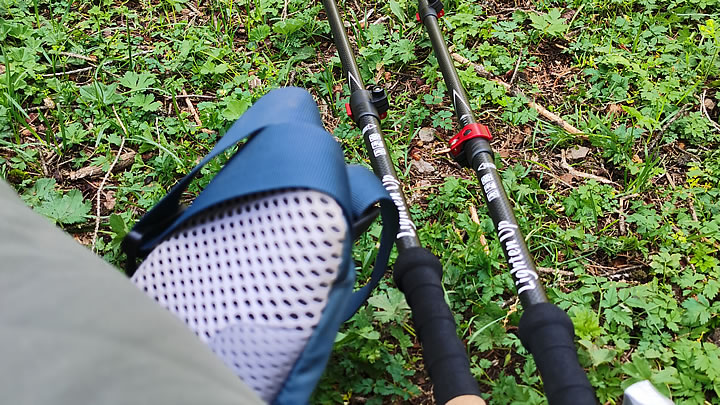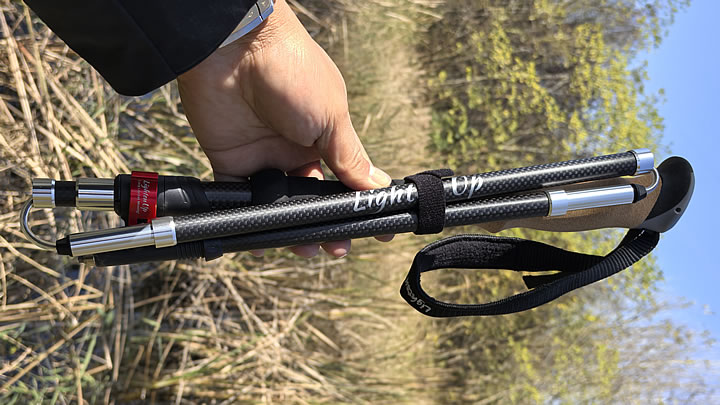The Best Way to Wash and Maintain Your Hammock
A well-maintained hammock can last for decades, while improper cleaning can ruin even the highest-quality models in just one season. Whether you own a premium camping hammock or a backyard lounger, these professional care techniques will keep it fresh, strong, and ready for relaxation.

Step-by-Step Washing Instructions
- Pre-Cleaning Preparation
- Remove all carabiners, straps, and hardware
- Shake out debris and leaves
- Check for rips or weakened stitching (repair before washing)
- Hand Washing (Recommended Method)
- Fill a bathtub or large basin with cool/lukewarm water (max 30°C/86°F)
- Use pH-neutral detergent (like Nikwax Tech Wash or mild baby shampoo)
- Gently agitate for 5-10 minutes
- For stubborn stains, use a soft-bristle brush in circular motions
- Rinse thoroughly until water runs completely clear
- Machine Washing (If Necessary)
- Place in a mesh laundry bag for protection
- Use front-loading machine only (no agitator)
- Select "delicate" cycle with cold water
- Never use bleach or fabric softeners
Drying Techniques That Preserve Fabric
- Air drying is mandatory - never use a clothes dryer
- Hang over two parallel lines (not a single line which causes stress points)
- Keep out of direct sunlight to prevent UV damage
- Ensure complete dryness before storage (test inner folds)
Special Care by Material Type
- Nylon/Ripstop: Most durable; avoid vinegar (degrades coatings)
- Cotton: More prone to mildew; may require more frequent washing
- Polyester: Resists odors; can handle slightly warmer water
- Mesh (for bug nets): Use gentle stream of water only
Seasonal Maintenance Schedule
After Each Use:
- Shake out debris
- Spot clean stains
- Air dry if damp
Monthly (With Regular Use):
- Full inspection of stitching
- Hardware lubrication (for carabiners)
- UV protectant spray (for outdoor hammocks)
Off-Season Storage:
- Fold loosely (no tight rolls)
- Store in breathable cotton bag
- Keep in cool, dry place
- Place cedar blocks nearby to deter pests
Advanced Protection Tips
- For mold/mildew prevention:
- Use a vinegar solution (1:4 ratio with water) for spot treatment
- Consider antimicrobial sprays for tropical climates
- For UV protection:
- Apply 303 Aerospace Protectant
- Store indoors when not in use
- For color preservation:
- Wash inside-out
- Use color-safe detergents
Troubleshooting Common Issues
- Musty Smell: Soak in baking soda solution (1/2 cup per gallon)
- Stiff Fabric: Use fabric conditioner sparingly in final rinse
- Fraying Edges: Apply clear nail polish or fabric glue
- Hardware Corrosion: Soak in white vinegar, then lubricate
When to Retire Your Hammock
Even with perfect care, replace your hammock if you notice:
- Fading that exposes threads to sunlight
- Multiple repaired areas
- Stretching that alters the hang angle
- Any cracking or dry rot
Pro Tip: Keep a maintenance log with washing dates and repairs - this helps track the lifespan of your investment.
By following these care methods, your hammock will maintain its comfort, safety, and appearance for countless lazy afternoons and adventurous outings. Remember: proper maintenance not only extends your hammock's life but ensures it remains a safe place to relax.






